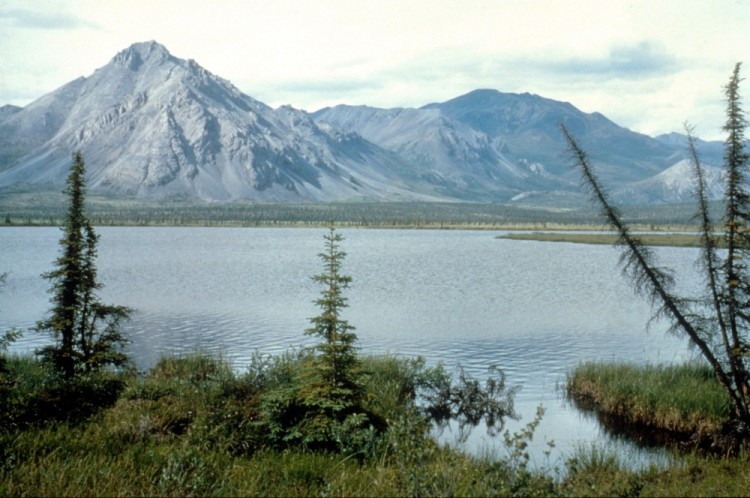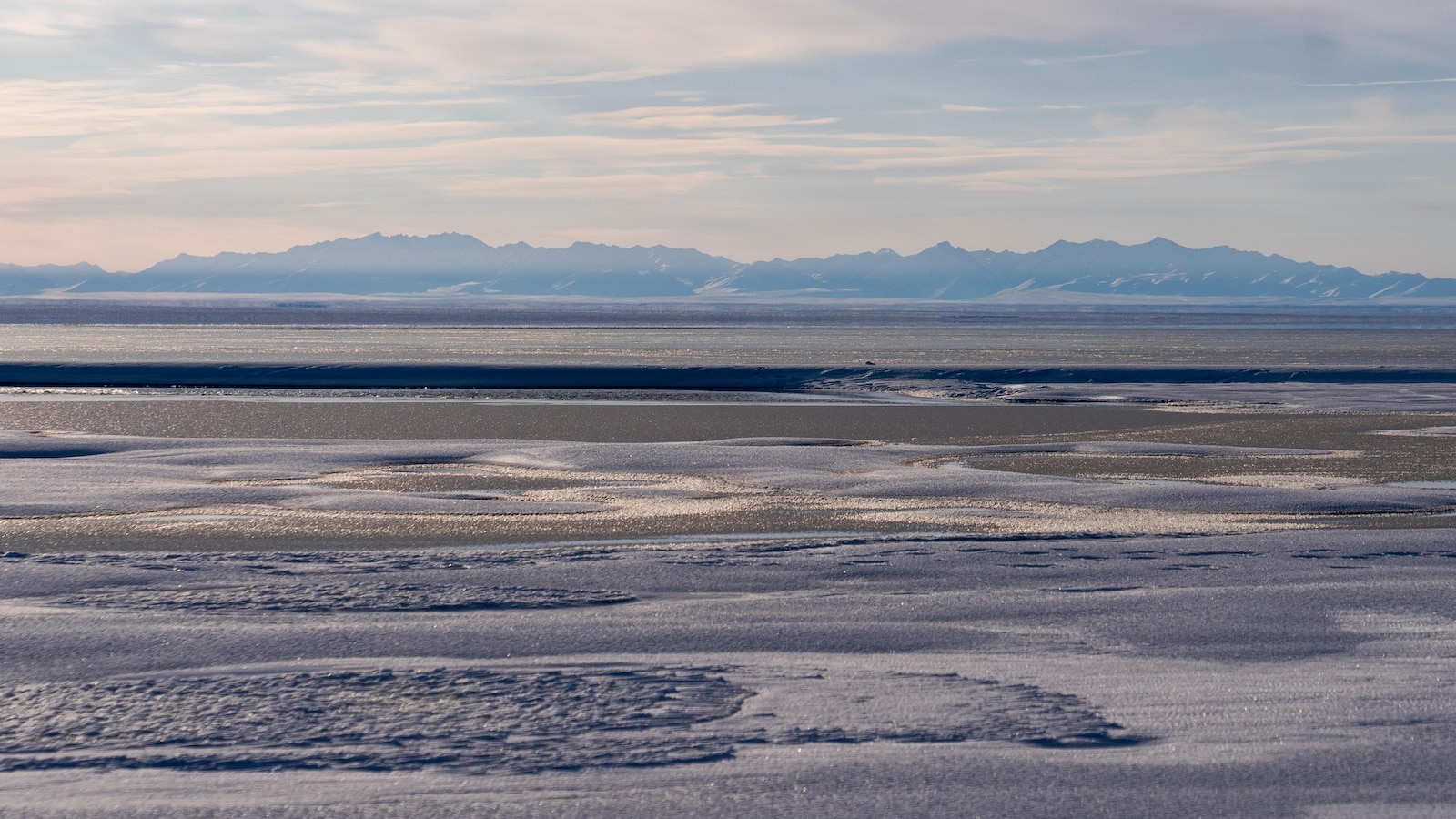Trump Administration Finalizes Plan to Open Alaska's Arctic Refuge to Oil Drilling Amidst Indigenous Divides
The Trump administration finalized plans to open Alaska's Arctic National Wildlife Refuge coastal plain to oil and gas drilling, fulfilling Republican pledges, facing Gwich’in opposition and Inupiaq support.
Overview
- The Trump administration has finalized plans to open Alaska's Arctic National Wildlife Refuge (ANWR) to oil and gas drilling, marking a significant policy shift.
- This decision specifically targets the 1.5 million-acre coastal plain of ANWR, allowing for future lease sales and energy development in the previously protected area.
- President Donald Trump and congressional Republicans are fulfilling long-standing pledges to open this portion of the Alaska wildlife refuge for potential oil and gas extraction.
- Indigenous Gwich’in communities strongly oppose drilling in the sacred Arctic National Wildlife Refuge coastal plain, citing cultural and environmental concerns.
- Conversely, the Inupiaq Indigenous community in Kaktovik supports responsible oil development within Alaska's wildlife refuge, viewing it as crucial for economic well-being.
Report issue

Read both sides in 5 minutes each day
Analysis
Center-leaning sources cover this story neutrally, presenting the Trump administration's decisions on ANWR drilling and the King Cove road by balancing various perspectives. They attribute strong opinions to specific groups, avoiding loaded language in their own reporting, and provide context for both environmental and economic arguments.
Articles (6)
Center (3)
FAQ
The coastal plain of ANWR is a crucial habitat for diverse species, including the Porcupine Caribou herd, which uses it as their calving grounds, polar bears that den there, and numerous migratory birds. The area's unique ecosystem is vital for the survival of these animals, many of which are already facing population declines[1].
Drilling risks include habitat disruption, increased pollution, and land degradation, which could disturb migration and denning patterns of species like caribou and polar bears. Infrastructure development—such as roads, airstrips, and pipelines—would directly alter the landscape and further stress wildlife[3][4]. Oil production in the refuge would also contribute to carbon emissions, exacerbating climate change[5].
The Gwich’in community strongly opposes drilling due to cultural and environmental concerns, viewing the refuge as sacred and essential for their subsistence lifestyle. In contrast, the Inupiaq community in Kaktovik supports responsible oil development, seeing it as a key to economic development and local well-being[1].
Proponents argue that oil development could create jobs, generate revenue for Alaska, and reduce U.S. reliance on foreign oil. However, there is debate over whether these benefits outweigh the environmental costs, and some Indigenous groups believe their cultures and livelihoods could be at risk[4].
The Trump administration and Congress acted through a provision in the 2017 Tax Cuts and Jobs Act to authorize lease sales in the refuge. Simultaneously, there have been congressional bills and legal challenges aimed at reversing this decision and permanently protecting the area. Advocacy groups are also pressuring financial institutions to avoid funding drilling projects in the refuge.
History
- 11d

 3 articles
3 articles




